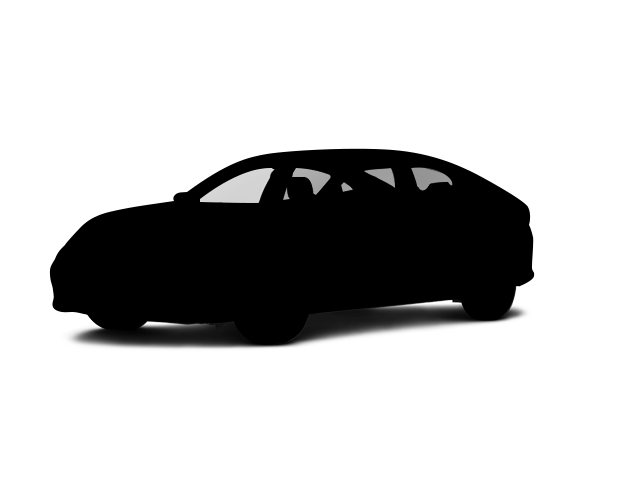For enhanced safety, the front seat shoulder belts of the Toyota Mirai are height-adjustable to accommodate a wide variety of driver and passenger heights. A better fit can prevent injuries and the increased comfort also encourages passengers to buckle up. The Dodge Charger doesn’t offer height-adjustable seat belts.
The Mirai has standard Whiplash Injury Lessening Seats (WIL), which use a specially designed headrest to protect the driver and front passenger from whiplash. During a rear-end collision, the WIL system moves the headrests forward to prevent neck and spine injuries. The Charger doesn’t offer a whiplash protection system.
The Mirai has a standard Secondary Collision Brake, which automatically applies the brakes in the event of a crash to help prevent secondary collisions and prevent further injuries. The Charger doesn’t offer a post collision braking system: in the event of a collision that triggers the airbags, more collisions are possible without the protection of airbags that may have already deployed.
Both the Mirai and Charger have rear cross-traffic warning, but the Mirai has Parking Support Brake (automatically applies the brakes) to better prevent a collision when backing near traffic. The Charger’s Rear Cross Path Detection doesn’t automatically brake.
Both the Mirai and the Charger have standard driver and passenger frontal airbags, front side-impact airbags, driver and front passenger knee airbags, side-impact head airbags, front and rear seatbelt pretensioners, four-wheel antilock brakes, traction control, electronic stability systems to prevent skidding, crash mitigating brakes, daytime running lights, lane departure warning systems, blind spot warning systems, rearview cameras, rear cross-path warning and driver alert monitors.

